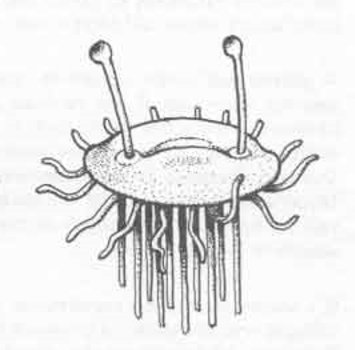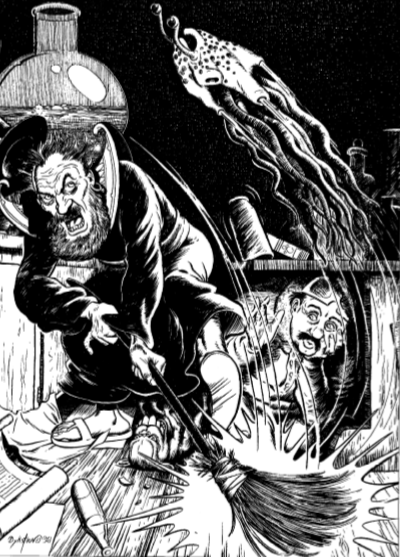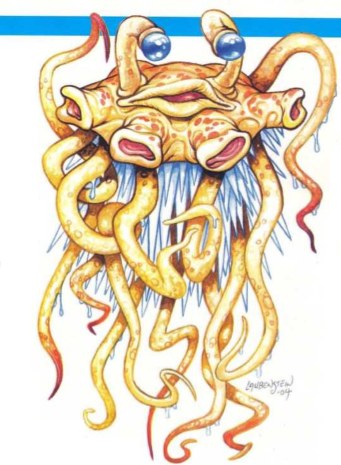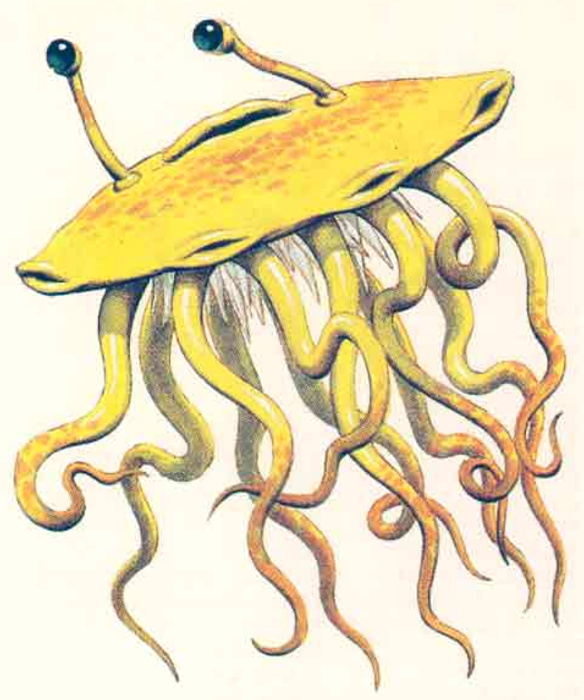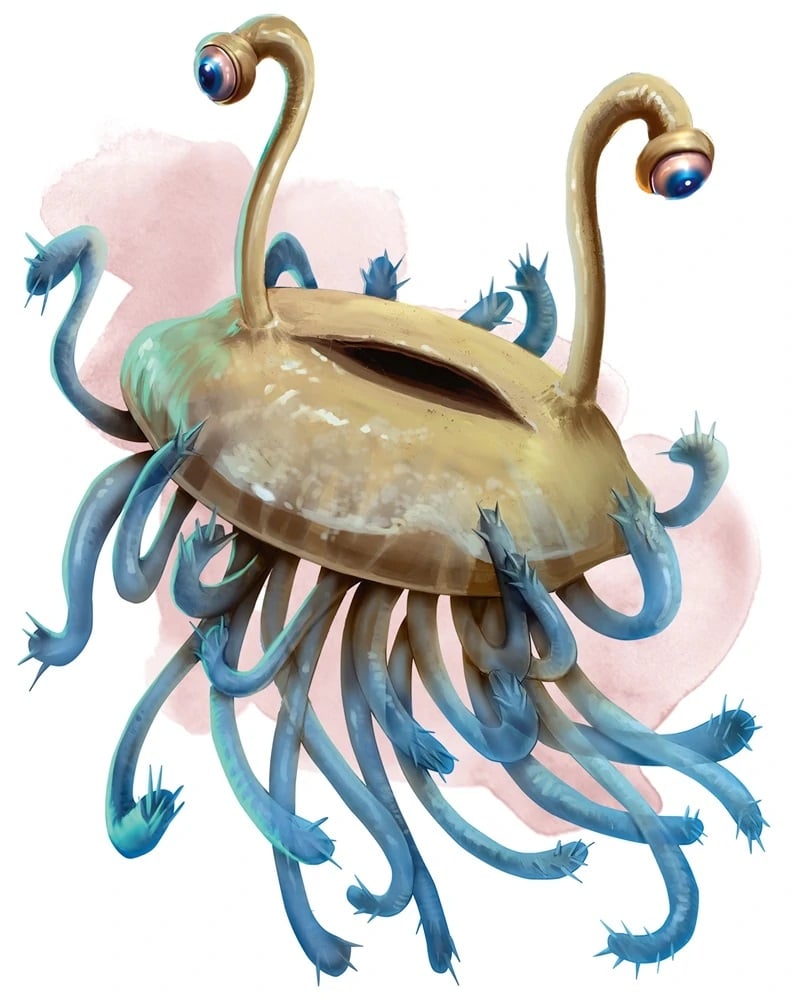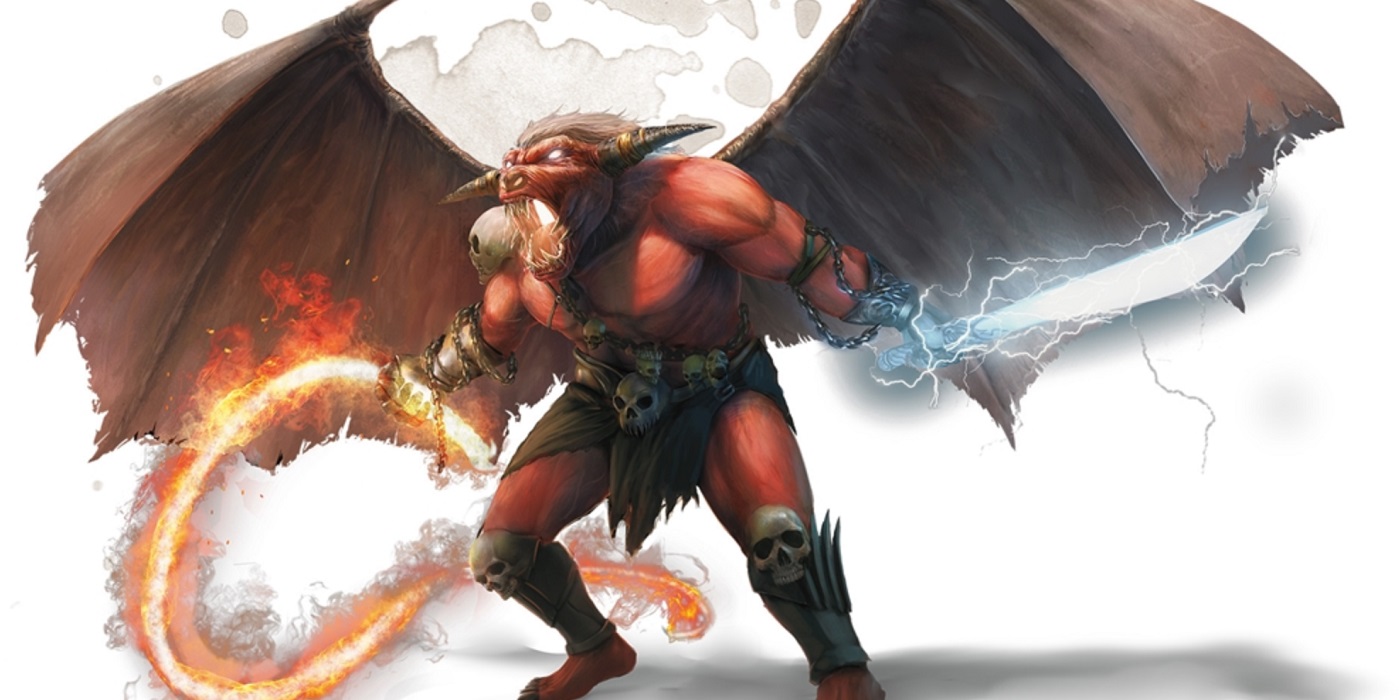RPG Monster Spotlight: Flumph Flumph Flumph It Up
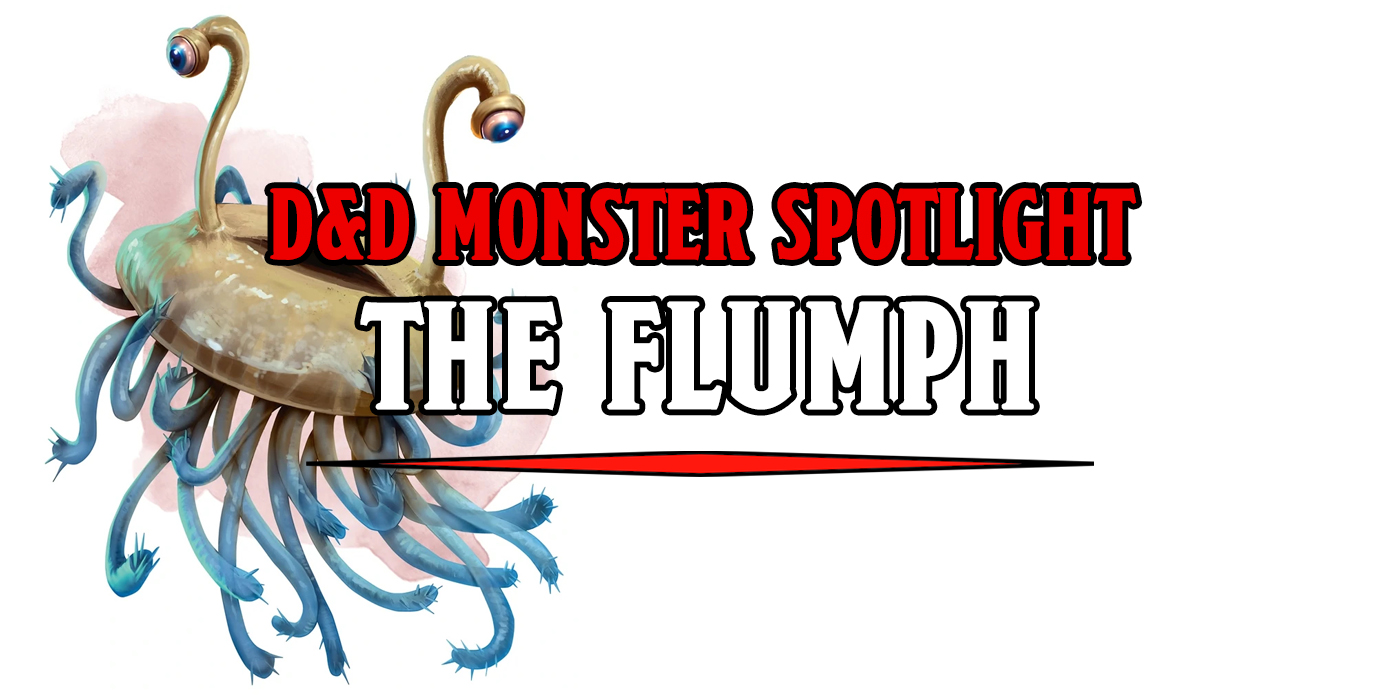

Unless you have a dungeon master with a very specific sense of humor, you may have never encountered a Flumph. Let’s change that.
It’s safe to say that the Flumph doesn’t seem to be based on any formative foe in mythology. They’re almost like waterless jellyfish with the self-preservation tactics of a skunk. The Flumph has almost no hit points and an equally low armor class, their attacks are more focused on trying to dissuade your character from coming closer to them, and if I’m being honest… they’re sort of cute. To add to this Flumphs are listed as lawful good, making it one of the creatures you’ll find that you may be the villain for killing! I’m not sure what part they play in the greater D&D ecosystem, but I honestly don’t care. I love a Flumph.
First Edition
The majestic Flumph first appears in the 1981 Fiend Filio. Meaning that not only did they not appear in the first Monster Manual, but D&D had four solid Flumph-less years. Tragic, I know. The Fiend Filio makes a point of saying that the Flumph normally “repels an attack” with a foul-smelling liquid attack and that the poor creature is “helpless if turned over.” Much like a turtle or my roomba, being positioned in the wrong way will render the Flumph unable to right itself. This is sad, but in a way that I find endearing. It’s pretty obvious that as far as monsters go, Flumphs probably just want to be left alone. And with a treasure type of “nil” and the threat of being sprayed by the bog of eternal stench, why would you want to bother it?
Second Edition
2E starts to flesh out the Flumph a little more by introducing the Monastic Flumph, a more advanced version that can cast cleric spells. Second edition also more explicitly tells us that the monster’s first interest in a fight is driving away their would-be attacker with bad smells and that their more violent attacks are reserved for hunting small vermin for food. They were sure to remind us that Flumphs can be rendered helpless if capsized. The second edition version is also further expanded upon in the Dragon Magazine #246 short story, Ecology of the Flumph by Johnathan M. Richards. Here, a group of seemingly hapless monster hunters fumble their way through catching and studying a standard Flumph. That is, until its stronger and more verbal Monastic friends come to its rescue.
Third Edition
Neither the 3 nor 3.5 Monster Manuals feature the Flumph at all. But they do appear in the Dungeon Magazine #118 module Box of Flumph, by Tim Hichcock, a self proclaimed fan of the creature. In this short adventure you must help a Flumph rescue their brethren from Grackle, a Flumph smuggler. The module gives full stats to the 3E version of the monster, giving them three attacks as opposed to the previous two… Though none of these attacks are very good. It also continues to highlight how thy are averse to aggression and are still helpless when flipped over. We get it, their best isn’t very good.
Fourth Edition
The Flumphs continue receiving none of their due respect in 4E. Continuing to be unlisted in the Monster Manual, their only appearance is in a 2009 April Fools article in Dungeon Delve called “Fool’s Grove.” Here they are described as “pathetic creatures” and have even their signature smelly acid spray’s effect rolled back to that of a mild inconvenience. The disrespect!
Fifth Edition
At long last, the Flumph is back where it belongs in the Monster Manual! They are still weak with low armor class and only one attack that is capable of inflicting damage (their Stench Spray still more of a smelly deferment than a cause of injury). But now they have the ability to right themselves at the end of a turn if knocked prone! They are also described as being wise and empathetic creatures who live in complex, organized social groups.
Have you encountered a Flumph? Did your party fight it, or give the noble Flumph the respect it deserves? How did your crew respond to their stench? Let us know in the comments!
Happy Adventuring.

